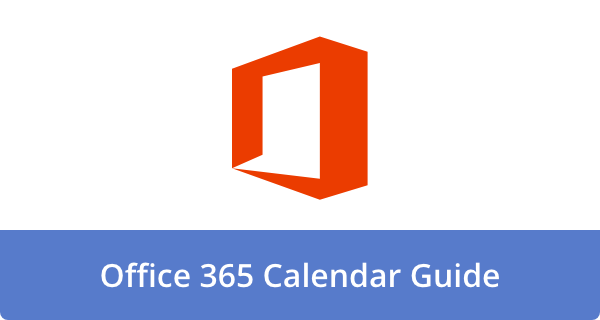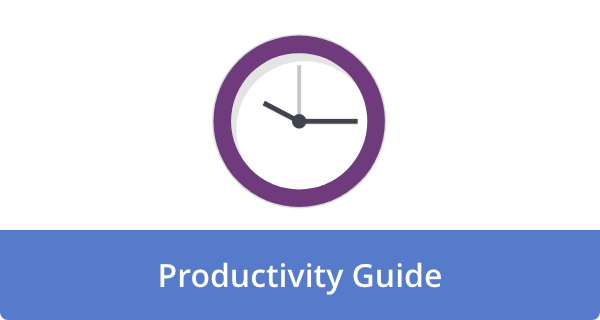

You know the feeling. Another invite pops up with a vague title, twelve attendees, and no agenda. You wonder if you should accept, decline, or feign a calendar conflict. Here is a simpler path. Use a two-step filter that cuts roughly 30% of meetings without harming outcomes. It is blunt on purpose, it rescues focus, and it gives you a principled way to say no. Run your calendar through it once a month and watch hours return to your week.
Across teams we’ve heard from, the pattern repeats.
- Jason Fried, CEO at 37signals, warns that meetings break work into small, anxious fragments.
- Cal Newport, author of “Deep Work,” frames the real cost as attention residue that lingers long after the call ends.
- Elise Keith, founder of Lucid Meetings, adds that meetings are valuable only when a clear decision, plan, or relationship outcome is defined in advance.
The shared takeaway is simple. If a meeting cannot prove its value in writing, it probably does not have one. The tradeoff: a stricter filter can feel brusque. Your job is to pair firmness with alternatives.
THE 2-STEP MEETING FILTER
Step 1: Outcome test
- Is there a single, written outcome? (decision, plan, or relationship)
- Is the owner, decider, and timebox stated?
IF "No" → Cancel or convert to async.
IF "Yes" → Go to Step 2.
Step 2: Efficiency test
- Can the same outcome be reached faster async with docs, comments, or a 10-minute huddle?
IF "Yes" → Convert.
IF "No" → Keep, but tighten: ≤30 min, ≤5 people, agenda with owners.
1) Step 1: the outcome test
Before you accept or schedule anything, require a single written outcome and the basics that make it achievable: the owner, the decider, and a timebox. Write it in one tight sentence. Example: “Decide between vendor A or B for Q4, owner Priya, decider CFO, 20 minutes.”
If the organizer cannot supply this, you decline and suggest an async path, such as commenting in a shared doc or answering a one-question survey. Why does this work? Outcomes beat topics because they define what is done. Owners and deciders prevent circular talk—a short timebox forces prioritization. When people must write a crisp outcome, phantom meetings evaporate because there was nothing solid to begin with.
If you worry this sounds rigid, try a warm script: “Happy to help. Could you share the one-sentence outcome, the owner, and who decides? If we can nail that, I’m in. Otherwise, let’s comment in the doc and close it async.” Nine times out of ten, the organizer either tightens the ask or realizes a meeting is unnecessary. That is not rudeness. It is stewardship of team attention, which is the scarcest resource in your org.
Quick adoption tip: make a reusable calendar template titled “Propose a meeting” that includes three required fields: Outcome, Owner, and Decider. Invites missing those fields are declined with the same template. This moves norms without drama and sets a bar people can meet in under a minute.
2) Step 2: the efficiency test
When a meeting passes the outcome test, run the second filter. Ask whether the same outcome could be reached faster with async tools or a shorter huddle. For binary decisions, a short decision memo plus comments usually wins. For status and handoffs, a checklist in your project tool paired with two comments is faster than 45 minutes of updates. For sensitive or nuanced topics, a 10-minute huddle with 4 people beats a 60-minute all-hands with 14. If the async or shorter path exists, convert to it. If not, keep the meeting but tighten it to the minimum viable format: ≤30 minutes, ≤5 people, agenda items with owners, decisions captured live.
Here is the logic. Meetings have hidden compounding costs. Ten people for 60 minutes is 10 hours of labor. If the outcome could be reached with a 5-minute memo that three people review, you just spared 9.75 hours. Multiply that by a weekly cadence and you reclaim an entire workweek every quarter. That time flows to real work, which lifts both output and morale. There is one caveat. A sync can create a delay if ownership is fuzzy. Solve that by naming one person to collect inputs and push the decision over the line by a set deadline.
If you get pushback from a habitual scheduler, offer a simple A/B test. Convert one standing meeting for two weeks. Keep one as-is for two weeks. Compare cycle time and error rates. Most teams achieve equal or better outcomes with half the time invested, turning skeptics into advocates without a fight.
How does this actually delete 30%?
Start with a calendar audit. Export the last 4 weeks of recurring and ad hoc meetings for your team of 20. You have 45 recurring meetings and 28 ad hoc meetings. Apply Step 1. You will usually find that about a third of ad hoc sessions lack a crisp outcome or a named decider. Remove or convert 9 of those 28. Apply Step 2 to the remaining set, and convert every status update and information share to a doc-first flow. That typically cuts another 10 recurring sessions by halving them or moving to written updates.
One worked example: A product trio ran five weekly ceremonies, roadmap review, bug triage, growth ideas, status, and backlog grooming. Passing Step 1 killed growth ideas because nobody owned the pipeline. Step 2 moved status to a living doc with comments and turned triage into two 15-minute huddles with just the people who could act.
Net result: 2 of 5 meetings gone, and the remaining three shrunk by 50%. That is a 60% reduction for that group, and a credible 30% across the broader team once you average in the meetings that remained intact.
Scripts and templates we created that you can swipe
Use these phrases verbatim to make the filter painless.
- “What is the one-sentence outcome, and who decides?”
- “Could we reach the same outcome with a doc and comments by Friday, 2 pm?”
- “If we keep it, can we cap it at 25 minutes with five or fewer people?”
These scripts protect relationships by offering alternatives. People rarely feel stonewalled when you show a faster path.
Common edge cases and how to handle them
Some meetings truly build trust. Quarterly team offsites, 1:1s, and retros with psychological safety are hard to replicate async. Keep them, but apply the same rigor. A retro still needs an outcome—a 1:1 still benefits from a written agenda. For creative ideation, test a doc-first brainstorm with prompts and quiet comment time, followed by a short huddle. You might be surprised how often better ideas show up when introverts can think in writing before extroverts fill the room.
If you work in a highly regulated environment, certain reviews must happen live. Do not fight the rule. Tighten the meeting instead and capture decisions in an auditable doc while you are on the call. If time zones complicate scheduling, Step 2 is your friend. Async becomes the default, and live meetings become rare, high-value touchpoints.
Metrics that we found you can use to prove it to skeptics
Measure three things for one month after rollout.
- Total meeting hours per person per week
- Percent of meetings with a written outcome in the invite
- Decision cycle time for your top three workflows
You want meeting hours down 25 to 35%, outcome field adoption above 80%, and equal or faster decision times. If decision times slip, the fix is almost always clearer ownership in the doc. Keep nudging until the numbers stabilize.
Why this is worth your political capital
Deleting meetings is not about being anti-collaboration. It is about moving collaboration into the correct format at the right fidelity. People get more time for deep work. Projects ship faster. New hires understand decisions because they can read the trail. You also signal a cultural norm that attention is precious—that norm compounds. After a quarter, you will see fewer invites with fuzzy titles and more invites with a crisp outcome, owner, and decider.
Closing thoughts
Run the two-step filter for 30 days. Require every meeting to pass the outcome test, then the efficiency test. Expect to cut roughly a third of sessions, shorten the remaining ones, and replace status talk with brief written updates. The realistic next step is small. Add the outcome, owner, and decider fields to your meeting template today and decline any invite that skips them. Set the norm once, and your calendar will start defending itself.
Image Credit: Photo by RDNE Stock project: Pexels











Deanna Ritchie
Editor-in-Chief at Calendar. Former Editor-in-Chief and writer at Startup Grind. Freelance editor at Entrepreneur.com. Deanna loves to help build startups, and guide them to discover the business value of their online content and social media marketing.